Running Your Database On Kubernetes With KubeDB
Data Engineering Podcast
APRIL 28, 2019
Summary Kubernetes is a driving force in the renaissance around deploying and running applications. However, managing the database layer is still a separate concern. The KubeDB project was created as a way of providing a simple mechanism for running your storage system in the same platform as your application. In this episode Tamal Saha explains how the KubeDB project got started, why you might want to run your database with Kubernetes, and how to get started.






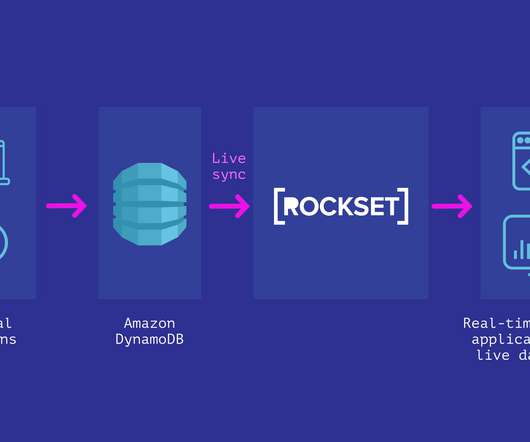

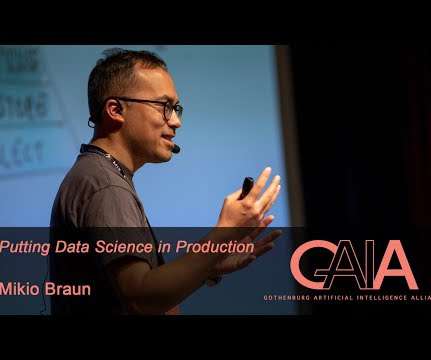
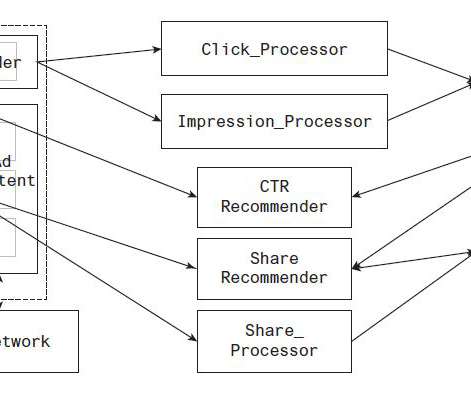
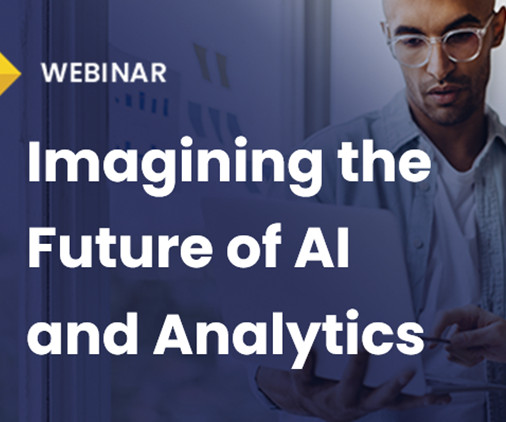









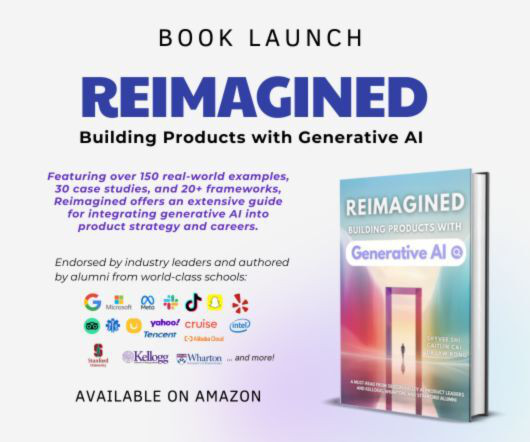















Let's personalize your content